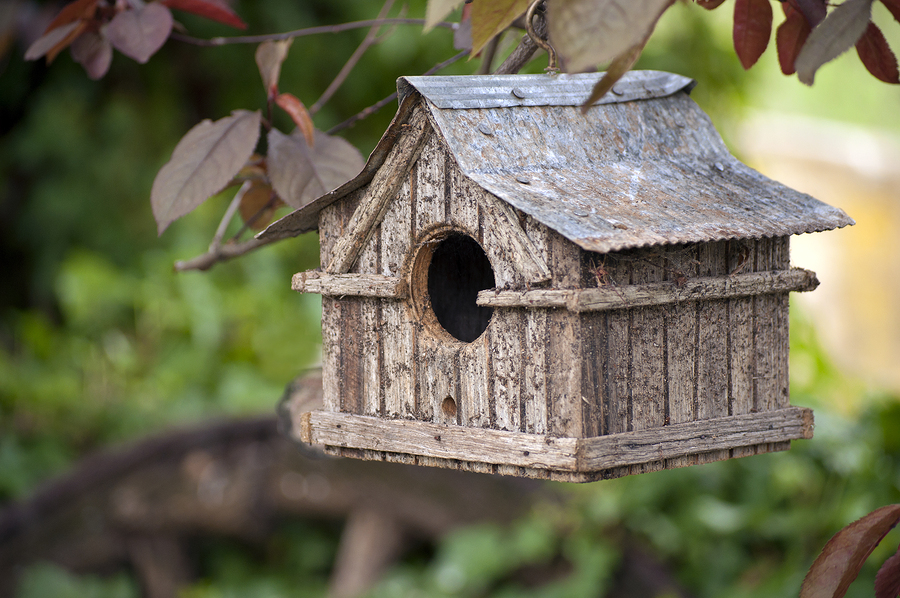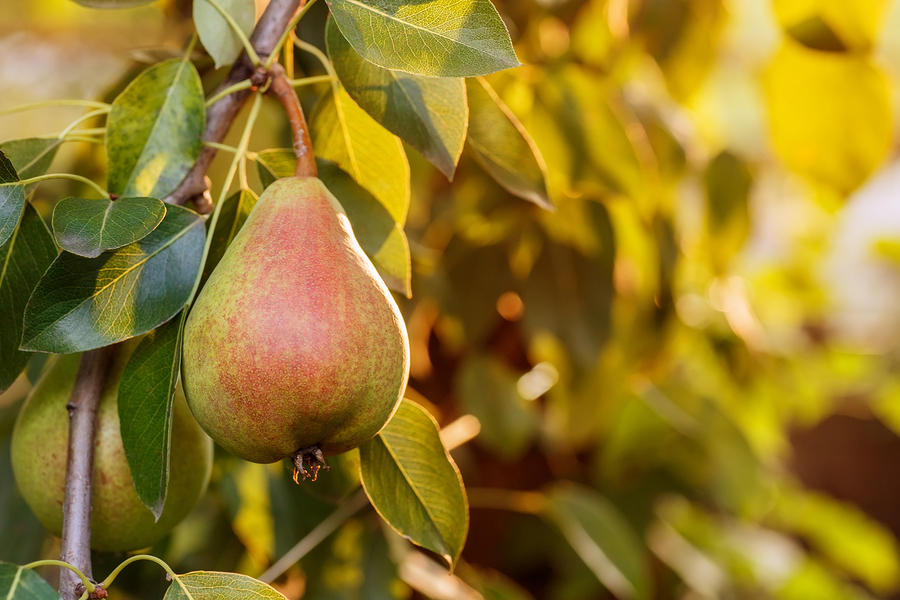Peter’s Gardening Tips for September 2023
September is called the “Seed Scattering” month. This is a great time for seed gathering be it from garden plants, fruits or nuts.
It’s nature’s time for planting. Seeds germinate well, the ground is warm and moist. Results from grass seed sowing are fabulous now. I think this is one of the busiest months of the year!
Jobs to do – where do you start?
Lawns
This is a perfect time for patching up the lawn, overseeding or starting a new lawn. Scuff up bare patches with a spring tine rake, tickle the soil surface with a fork and make the soil into a crumbly texture. One handful of grass seed to the square yard/metre so adjust your patch accordingly. Rake in the seed, cover with a little compost, water in and if no rain thoroughly water but do not flood or wash out the seed every four days. You can also leave well alone and let nature take its course.
“Sow seeds generously, one for the rook, one for the crow, one to dive and one to grow!”
Within 5-7 days you should see the results of your labours. Unless it doesn’t rain!
A lovely tip I was given by an old gardener was any grass weeds you dig up out of the borders, or runners from the lawn are to replant them into bare patches and water in. As long it’s not annual meadow grass or couch grass! Also not into a bowling green quality lawn!
- Raise the deck on your mower now.
- Apply Autumn lawn feed/moss killer this month to keep your lawn in good fettle. This will also help your lawn through the winter. Less pest and disease problems and a lawn in good heart for the Spring. Westland Horticulture has a new product called ‘Aftercut Autumn All in One’, it’s an autumn lawn feed and moss killer.
- Hire a lawn aerator to spike the lawn if water doesn’t drain away easily and to relieve compaction in the lawn. For small areas use a fork push into the ground, gently lever back to crack the surface, too hard and you will break your fork handle!
- If the grass is wet and dewey when you want to cut it wipe some oil on your mower blade carefully and under the deck. The grass will fly out from under the mower better, you do need to clean underneath the mower deck first! Always tip up an engine leaving the exhaust uppermost, wipe off oil if the grass is dry or else it will stick!
Planting time and transplanting
Evergreen shrubs can be moved now, dug up and replanted as soon as possible. If a mature plant, reduce the size by a third. Water thoroughly and if hot cover with a fleece or enviromesh to reflect the sun and reduce transpiration.
Visit your local nursery or garden centre for an amazing range of plants and flowers at this time of year. If your garden is lacking colour in the autumn then this is a must! Go on a sunny day and watch which plants bees and butterflies are flying to and using. Ask for bee-friendly plants! Asters, Sedums, Heathers, Helenium, Helianthus, Rudbeckias, Salvias….
Spring bulbs, the full range is now in, try something new or different to extend your flowering season next year. Chinodoxas (Glory of the Snow), plant in groups for more effect. Erythronium (Dogs tooth Violet), likes good soil, leaf mould and some shade. Squills, Puschkinias, Muscari and Dwarf narcissi will brighten up a rockery, tubs and containers!
Harvest
Apples and pears
Important and careful harvesting is crucial for storing these fruits. Hold the apple, and lift it from the vertical to horizontal; if it comes away in your hand it is ripe. Don’t pull off the tree. If it doesn’t part from the tree it’s not ready to be harvested. Another tip is to cut an apple in half – if the pips are brown the fruit is ripe – you can also try eating it! Only store unbruised, unblemished apples for storage with the fruit not touching. Place somewhere cool, dark and away from mice and rats, check regularly through the autumn/winter, use or discard any rotten fruit.
Mulching
Make room in your compost for the leaves that will come down! Empty compost heaps, take off the top layer and use it in a new bin. Check to see if what you have is ready, it shouldn’t smell rank, it should be dark, crumbly and not too twiggy. Compost can be dug in or left on the surface of vegetable beds cleared of this year’s produce. Leaving this mulch on the surface means the worms will draw all the goodness down into the ground – The no dig scheme of gardening! Other cleared areas that don’t need mulching can be dug over roughly before we get the autumn rains and the winter frosts will break the clods of soil down.
“An un-mulched garden looks to me like some naked thing which for one reason or another, would be better off with clothes on!” Ruth Stout 1971
- Lift potatoes and allow them to dry completely before bagging them up. Only store undamaged tubers, store somewhere in the dark, cool and frost-free.
- Onions can also be lifted especially if the growing leaves have fallen over or are withering. Again dry off completely, in a cold frame with the lid propped open a bit or on the floor of the greenhouse or lay on tarmac in the sun. When crisp and dry store in a garage or shed, somewhere cool.
- Courgettes keep cutting and feeding.
- Pumpkins and Squashes, start to harvest. Place a tile or slate under the growing fruit to keep off the ground, this helps prevent rotting or slug damage.
- Leeks cover with enviromesh to keep leek moth away. Mound up soil against stems to blanche more of the leeks.
- Autumn onion sets and garlic available in garden centres soon.
- Continue to sow salad, lettuce, radish, wild rocket, pak choi and turnips.
- Plug plants of broccoli, cabbage, red cabbage, pointed cabbage, cauliflower, kale and cavelo nero are all available from garden centres.
Spring Colour
Planning now will help add colour for pots and borders, including Pansies, Violas, Polyanthus and Primroses etc. Spring bulbs will all benefit from planting now, they settle in and root better in warm, moist soil, therefore more flowers and a stronger healthier plant to resist the winter.
Hedges

Hedge trimming
Continue to cut back, and try to make the hedge slightly tapered towards the top, wider at the bottom and narrower at the top. This will help the snow shed off the hedge better and allow more rain to the base of the hedge.
Wildlife Gardening

Nesting box
Empty bird boxes, check for damage and repair if necessary.
Create a hibernaculum – basically somewhere for bugs, beasties, butterflies, frogs, toads, newts, slow worms, to all hunker down for the winter hibernation. The best place is somewhere quiet and out of the way in the garden, behind a shed, side of the compost bins or even against a fence.
A pile of logs, broken pots, bricks, tiles, leaves, twigs, branches, planks, drain pipes or anything else to hand, be creative and invite the children to help with the build, they love it! Pile it up neatly in layers leaving gaps at ground level and loosely stacking as you go, it can be partially covered with soil or a roll of turf. The world of wildlife will move in and repay you by devouring unwelcome pests!!
- Clean bird feeders and birdbaths.
- Keep dead-heading old flower heads.
- Collect seeds of plants you want to propagate, dry off properly in an envelope or brown paper bag, they will sweat and rot if you use a plastic bag.
- Harvest blackberries, elderberries, sloes, hazelnuts/filberts and rosehips. The hedges are groaning and all very early so don’t miss out!
- Use the weather to clean out your greenhouse ready to bring plants in later this month.
Happy Gardening!
Latest posts by Peter Mills (see all)
- Gardening Masterclass: How to prune roses, hydrangeas, shrubs and trees - March 2, 2025
- Peter’s Gardening tips for March - March 1, 2025
- Peter’s Gardening Tips for February - January 29, 2025
- Peter’s Gardening Tips for January 2025 - January 2, 2025
- Peter’s Gardening tips for November - October 29, 2024
























